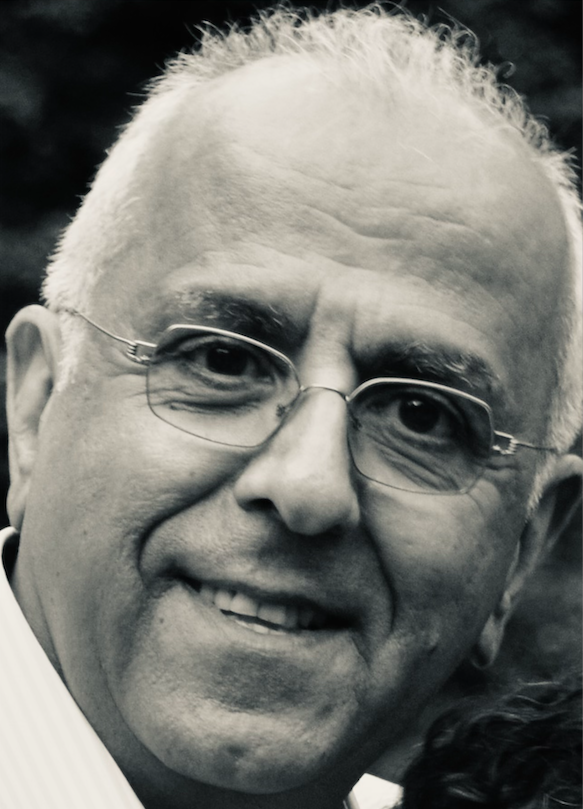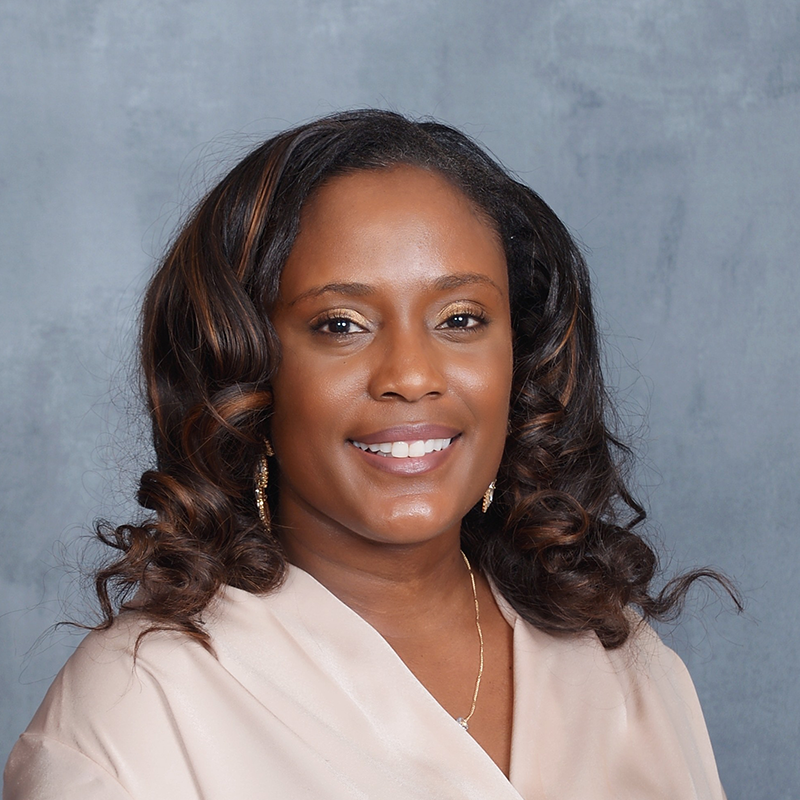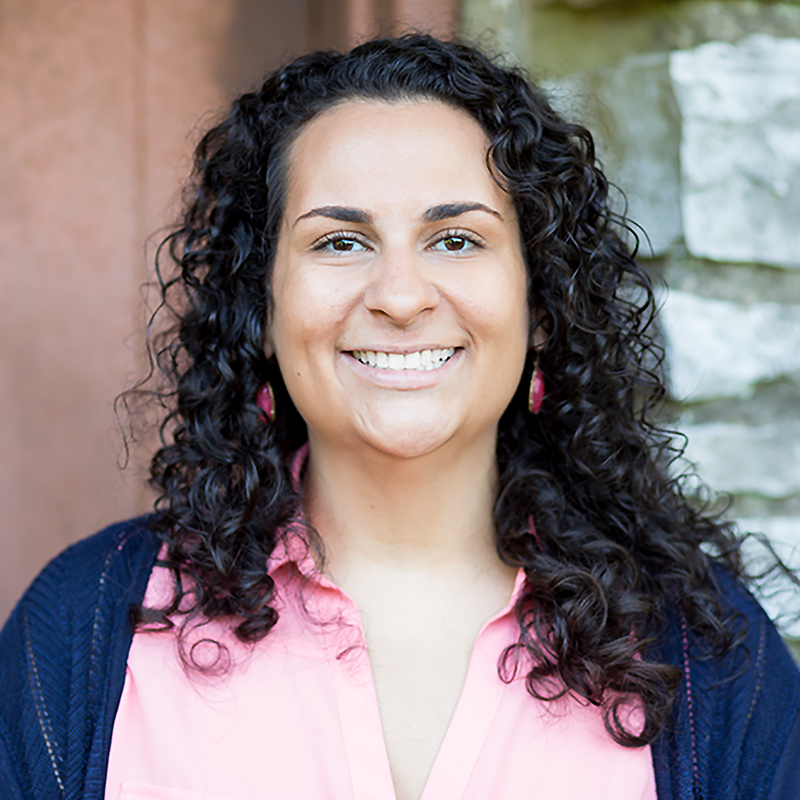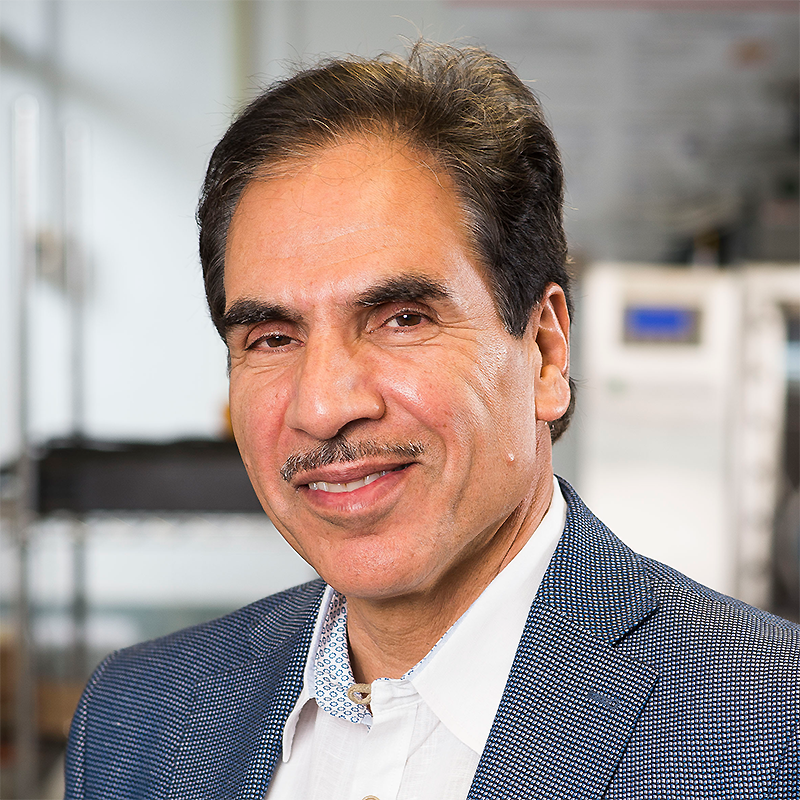News Story
How an Engineer Became an Affordable Housing Leader

Monica Watkins is often surprised by her own professional trajectory. When she graduated with a mechanical engineering degree in 1994, she didn’t think it would lead to a career at the Housing Authority of Baltimore City, which provides affordable housing and related services to almost 23,000 low-income households in Baltimore.
“I think it was divinely ordained. I did not plan this out,” the University of Maryland alumna said.
In 2006, she was rising through the ranks at Baltimore Gas & Electric (BG&E) and following the path taken by many engineers before her, when she was offered an opportunity to create an energy department for the housing authority. She was hesitant, at first. It meant leaving her work in the private sector for a government job that offered lower pay, but the excitement of traversing the unknown made her say yes.
“I didn't know anything about housing, I did not think that I would lean so much on my energy background to help the authority advance,” she said.
One of her first orders of business was to make utility and energy consumption more efficient for the agency and ultimately more affordable for the residents it served. “When I started we had over $30 million in utility bills and we’re somewhere around $22 million now.”
Since joining the housing authority almost two decades ago, Watkins has advanced to the role of executive vice president and chief operating officer. She now leads over 400 people and eight divisions that span from the energy department she initially launched to a resident constituent advisory board.
The hat she wears with the housing authority is what she calls her “hat that pays the bills,” but it’s only a fraction of what Watkins does. She is also a commissioner with the Maryland Commission for Women and chair of the BRIDGE Project, a re-entry program for formerly incarcerated and justice-impacted women in and around Baltimore (which is sponsored by the Baltimore Alumnae Chapter, Delta Sigma Theta Sorority, Inc.)
Her focus on social services for Maryland’s women is inspired, in part, by Watkins’ own experiences in STEM, where she was sometimes the only Black woman in the room. It is also inspired by the challenges of women she worked with, like the lone woman on a construction crew that Watkins assigned to a gas construction project.
“As you can imagine, [the project] could be out in undeveloped places so there was not a lot of space for her to use the restroom. She was not treated very well as a woman who had to take care of feminine hygiene needs.”
For all the cases of disregard for women in the workplace, Watkins has also seen and experienced incredible encouragement, especially from mentors at BG&E who advised her professionally and personally.
“I think my advocacy for women has just come from watching what happens when women are supported,” she said. “I take those good examples and I use them to help others, especially women, because I want to see their success.”
Watkins is often asked how she finds the time to do it all and said that earlier in her career, she decided to do an inventory of her life and make sure she had room to help others.
“As you start to feel that gratitude for pouring into someone else or supporting a cause, what I think naturally takes over is the desire to do it more consistently and broaden it.”
Published March 28, 2025









